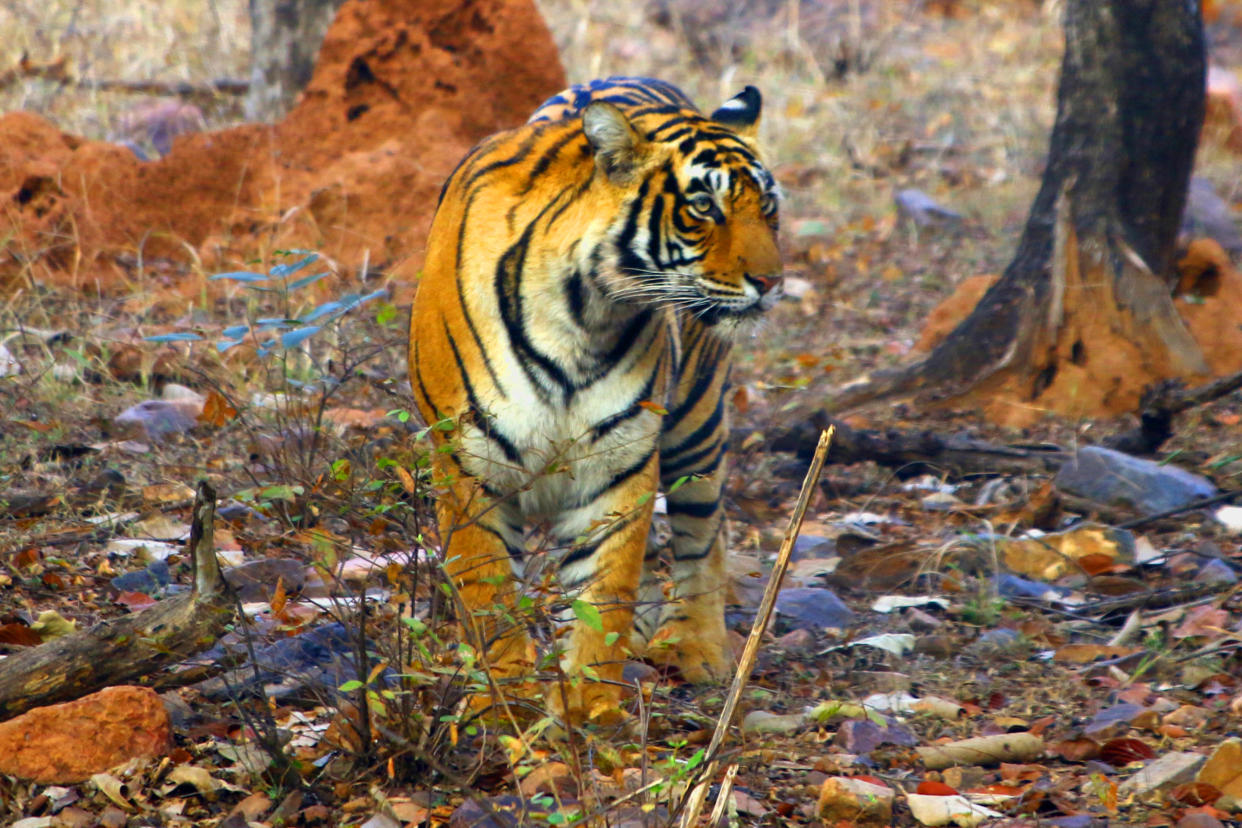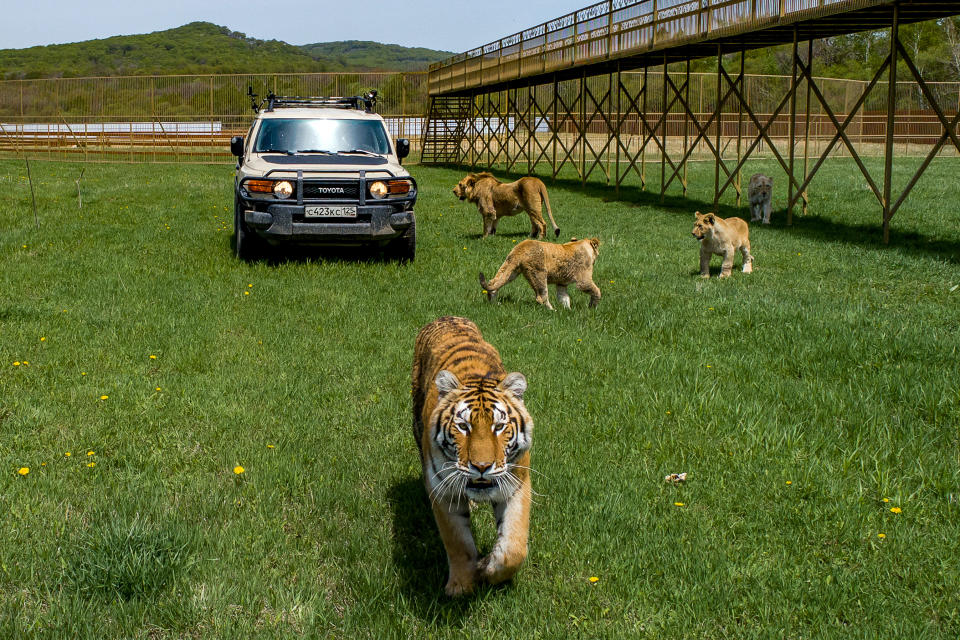Tiger numbers 'making a remarkable comeback' in five countries, scientists say

Tiger numbers are making a “remarkable comeback” in five of the countries the species is found, scientists say.
The big cat populations in Bhutan, China, India, Nepal and Russia are all said to be increasing following the launch of the TX2 initiative a decade ago.
Global conservationists untied for the scheme which sought to double the number of tigers worldwide by 2022 – the Chinese year of the tiger.
In 2010 when the TX2 initiative was launched, as few as 3,200 animals remaining across the 13 “range” countries where they are found.

In India alone, the number of tigers has more than doubled between 2006 and 2018, with an estimated 2,600 and 3,350 animals in the south Asian nation.
Nepal’s tiger population has also swollen in recent years, up from 121 individuals in 2009 to 235 just under a decade later.
Russia has reported a 15% increase in tiger numbers over the past decade, with about 540 animals.
And in Bhutan’s Royal Manas National Park the population has increased from only 10 tigers a decade ago to 22 in 2019.
Becci May, regional manager, Asian Big Cats, at WWF UK, said: “Ten years ago, tigers were in such a perilous state, that there was a very real risk of them becoming extinct in the wild.
“From that population low in 2010, they are finally making a remarkable comeback in much of South Asia, Russia and China, thanks to co-ordinated and concerted conservation efforts in these countries.
“This is an achievement that not only offers a future for tigers in the wild, but for the landscapes they inhabit and the communities living alongside this iconic big cat.”
There are still only around 3,900 tigers in the wild, where they are under threat from poaching for the illegal wildlife trade, and the destruction and breaking up of their habitat across much of their range, WWF said.
The key to helping wild tiger populations recover is to focus on conserving landscapes where they can thrive and ensuring communities in these wildlife-rich areas are supported and included in conservation, the organisation said.

